Films
- Children of the Holocaust, 29'
Children of the Holocaust
Production: UK 2014Combining animation and interviews, the documentary presents the accounts of people who have experienced Nazi crimes at a very young age. In the 1930s and 1940s they were either teenagers or under 10. The fact that they were then living in Europe and were Jews profoundly affected their childhoods and youth. If they were students, they had to end their education. If they had a happy childhood with family and a home, they lost it. A miracle or a foreign country was their chance of survival. Luckily, they survived.
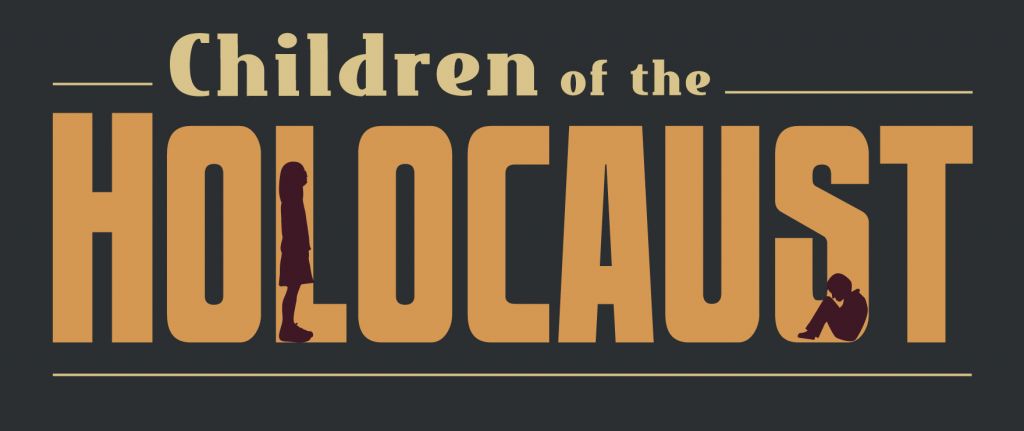
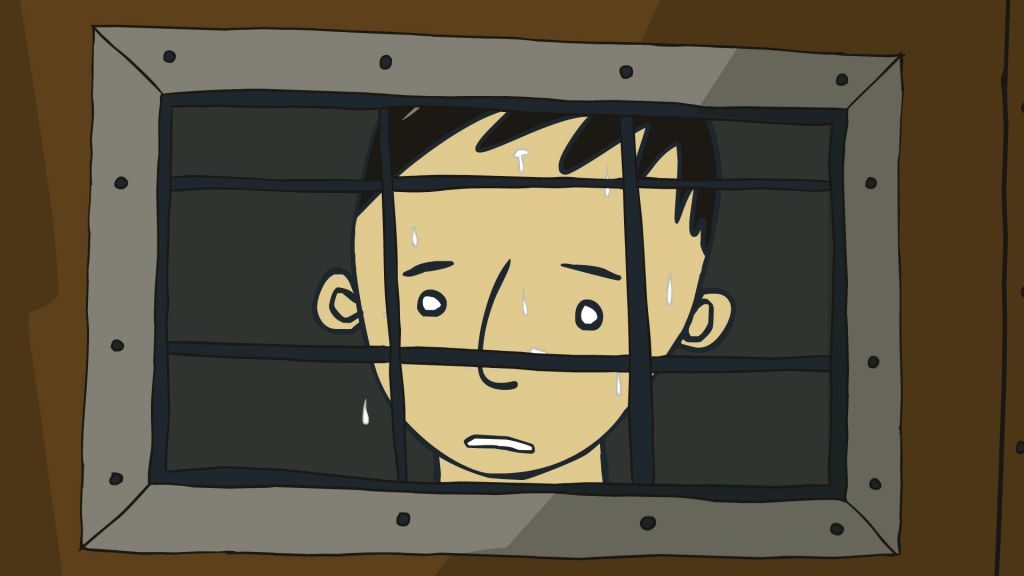

read more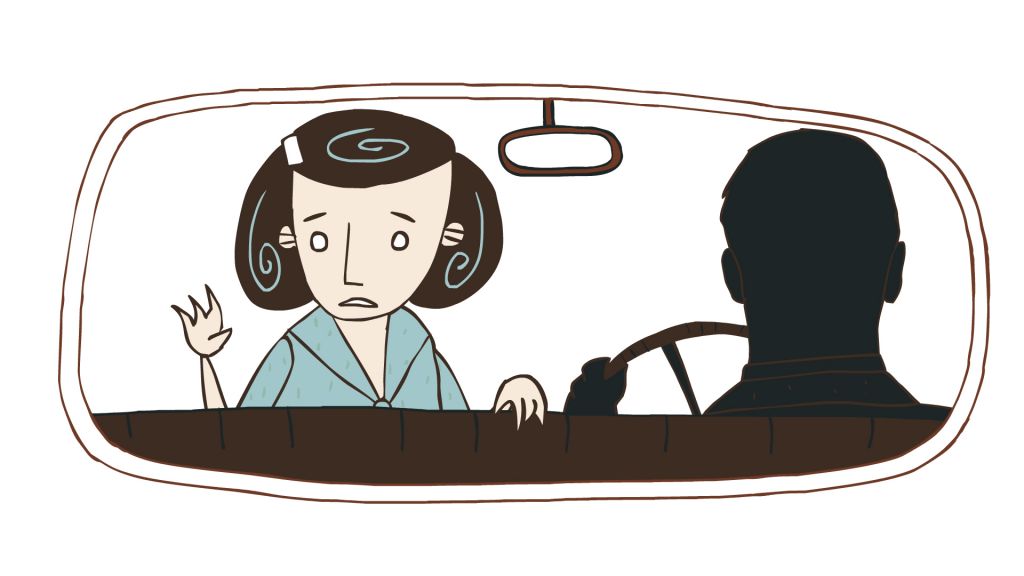
Authors:
- Hybris, 6'
Hybris
Prodction: Holland 2014“What would you do in your eternal life?” – this question was asked to a scientist during a 1960s talk-show. The person asking referred to the Bible, the scholar – as scholars do – preferred a more scientific or discursive style, because in fact... In this matter nothing can be a fact – then, and today. This conviction is consolidated by speculations on the scientist's real reflections, made in 3D.



read more
Authors:
- Salome, 59'
Salome
Production: Iceland / Sweden 2014Salóme Fannberg is a tapestry artist in her late fifties. Despite poor health, she weaves frenetically. Ever since I can remember, she's had a loom between her hands. But one day she decided to give up her art to concentrate on raising her children. This would take her 23 years. There are six of us; four different fathers of four nationalities. I am the oldest. I have not lived with her since I was a teenager. Today I have returned to Iceland. I am 35, without children and with an ambition to film her. Under an avalanche of my questions she grows taciturn un-wanting to reveal herself. In our tug of war I keep my camera pointed at her incessantly. She is firm in her disapproval.
(Yrsa Roca Fannberg)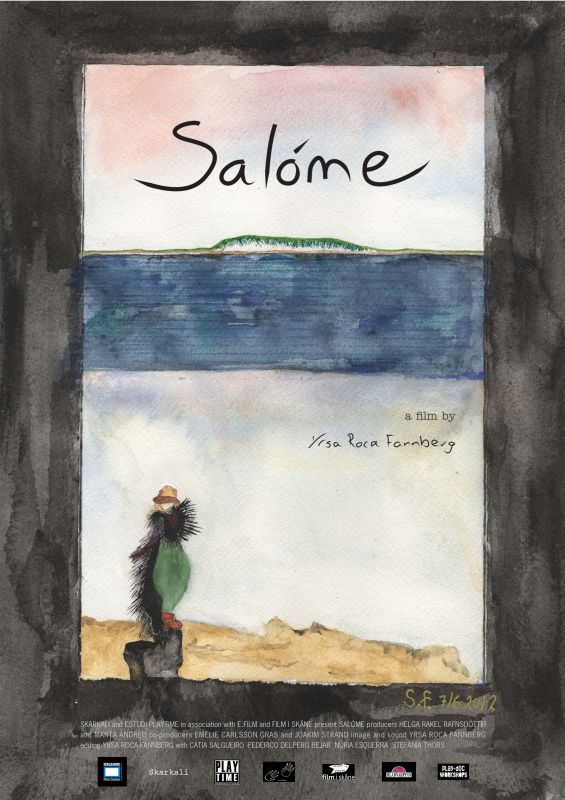

read moreAuthors:
- ●●●– – –●●●, 10'
●●●– – –●●●
Production: Portugal 2013Assuming the vulnerability of the human being as a starting point, the look of the camera seeks for passers-by, someone who might be related to voices from recordings of social support helplines. The documentary thus matches the images of people in varying locations with sentences listening (resulting from the sound recordings) simultaneously. The connection of interiority coming from (sound) recordings with the reality of the images points to a new look at what we see daily and repeatedly: simple and everyday images, shelters and enclosures of lack of support.

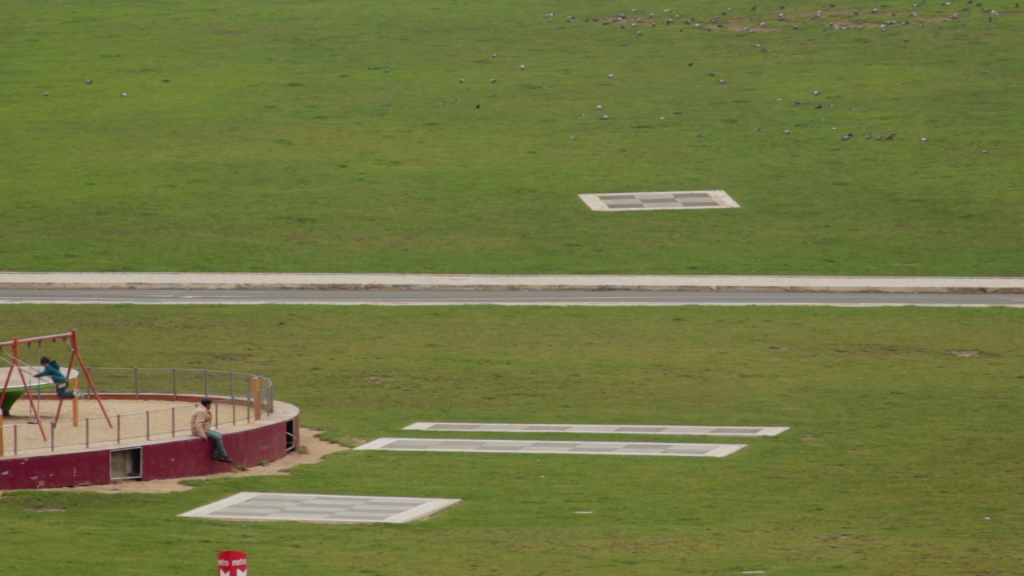

read more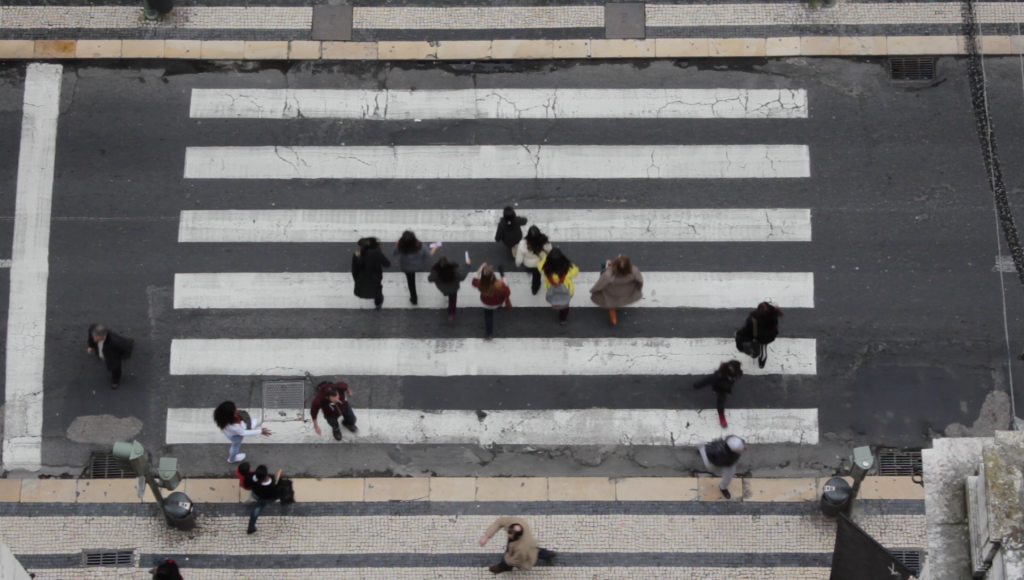
Authors:
Associated artists
- Arjan Brentjes
In 2008 artist Arjan Brentjes stopped painting. Since then he makes short films because this medium is closer to his interest in modern communication and media. In these films Brentjes experiments with different ways to bring something across to the viewer.
Filmography:
'Hybris' (2014)
‘Glass’ (2013)
‘Il était une fois un Artiste’ (2011)
-Best international short film, Almería en Corto 2012
-Ballon Prize, Crosstalk 2012, Budapest
‘The 21st Century’ (2010)
‘Belgrade’ (2009)
‘Mission: to Kaderstan’ (2008)
‘Aliens in Kaderstan’ (2008)info@arjanbrentjes.nl
read more - Hugo Magro
Hugo Magro was born in Lisbon in 1975. Started filming in 2013. He has been participating in film, literature,and photography projects. He is also Director of the audiovisual project 'Arquipélago', a documentary series on authors and literature, available online.
Filmography:
Terra Besta (2017)Não Humano (2015)Íris (2014)Pedro (2014)Nuvola (2013)●●●– – –●●● (2013)read more - Yrsa Roca Fannberg
Salóme is Yrsa´s first documentary after finishing her master in creative documentary at Pompeu Fabra, iDEC, Barcelona.
Previously she studied fine art at Chelsea College of Art in London.
As well as making documentaries and filmic pieces she uses different media in her work.
Media as varied as photography, drawings, watercolours, text, knitting and cross-stitch.Filmography:
Salóme, 2014.
read more
- Zane Whittingham
Traditional 2d animator, who has gained experience working on commercial projects in animation studios working as part of a large team on children’s tv, adverts, films and computer games. Working independently and experimentally in a small studio Fettle Animation which have set up with his partner. [He makes] S[s]urreal comic animation and also animated documentaries which deal with challenging subject material with warmth and humour.
Filmography:
Children of the Holocaust, 2014
read more
Flashman Share a Story, 2014
A Day in the Life of St Anthony’s, 2014
Mission Possible, 2013
A War Within Animated Documentary, 2012
Olympiad Twenty Twelve/Spooky Sport, 2012
Idents for Children’s Media Conference, 2012
Gumblegoos, 2012
Dragnstore Promo, 2012
Warmer Homes Promo, 2012
British Animation Awards Sting, 2012
Fragile Stories Animated Documentaries, 2012
Development work, 2011
3x Getting Involved Making a Difference Animated Documentaries, 2011
Idents for Children’s Media Conference/Viral Campaign, 2011
Hermit with a Parking Permit, 2011
4 x Childrens ITV Idents, 2011
Untold Stories Animated Documentaries, 2011
Lightgarden Installation, 2010
Childrens Media Conference Titles, 2010
Internet Sting, 2010
Election Promo, 2010
Answers Music Video, 2010
The Fragility of Thingz, 2010
The Girl With the World In Her Hair, 2009
Sounds Like Bradford, 2009
GLUW, 2009
The Jumbly Gir, 2008
Bee Cowz Zoom Animation, 2008
how to get there
- Hybris, 6'














